When it comes to the world of motorcycles, speed has always been an alluring factor for riders. As technology advances, a new contender has emerged on the scene – electric motorcycles.
With their eco-friendly appeal and innovative design, many enthusiasts wonder: Are electric motorcycles faster than their gas-powered counterparts?
If you are looking for the top speeds, here is a quick comparison of the fastest electric and gas-powered motorcycles.
| Electric Motorcycle | Gas-powered Motorcycle | |
| Model | Voxan Wattman | MTT 420-RR |
| Top speed | 283 mph (456 km/h) | 273 mph (440km/h) |
So, the fastest motorcycle in the world is electric, not gas-powered. But both these are not street-legal. So, here is the comparison of street-legal fastest electric and gas-powered motorcycles.
| Electric Motorcycle | Gas-powered Motorcycle | |
| Model | Lightning LS-218 | Ducati 1199 Panigale R |
| Top speed | 218 mph (351 km/h) | 202 mph (325 km/h) |
So, the fastest street-legal motorcycle is also electric, not gas-powered.
Interested in learning more? Let’s dive into the inner workings of both electric motorcycles and gas motorcycles.
By understanding how these two types of machines operate, we can explore the fundamental differences that contribute to their performance on the road.
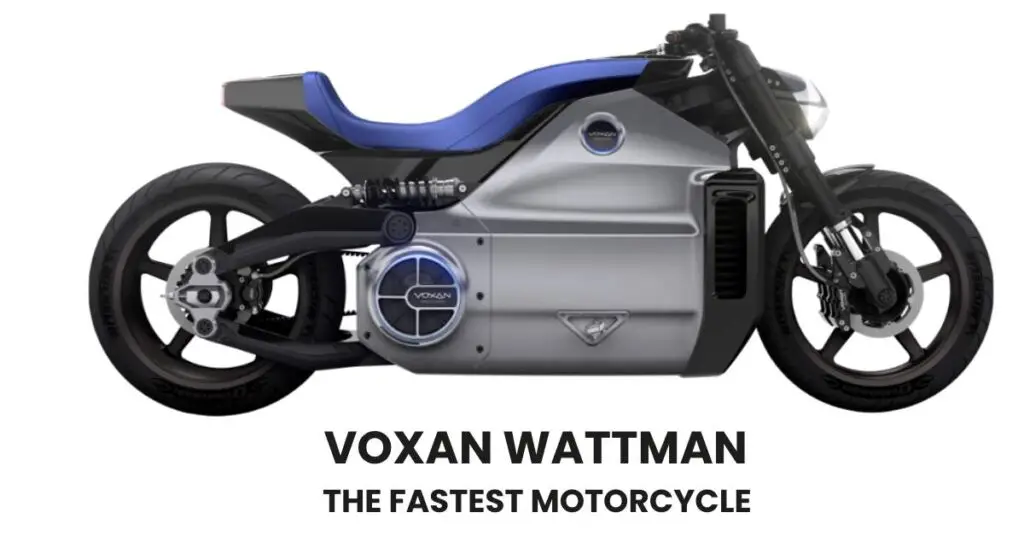
How do electric motorcycles work?
Electric motorcycles are powered by rechargeable batteries, providing a clean and sustainable alternative to traditional combustion engines.
These cutting-edge machines employ an electric motor, which converts electrical energy from the battery into mechanical power. Unlike gas motorcycles, electric counterparts eliminate the need for internal combustion, resulting in a quieter ride and zero tailpipe emissions.
The power delivery of electric motorcycles is characterized by instantaneous torque. This enables them to accelerate swiftly and effortlessly.
Additionally, their lightweight construction and streamlined design contribute to enhanced maneuverability and agility on the road.
How do gas motorcycles work?
In contrast, gas motorcycles rely on combustion engines that burn fossil fuels, such as gasoline or diesel, to generate power.
These engines utilize a series of pistons and cylinders to convert the energy released from fuel combustion into mechanical motion. As a result, gas motorcycles often produce a distinctive sound and emit exhaust fumes.
Their power output is dependent on factors such as engine displacement and RPM (revolutions per minute), contributing to a characteristic power curve.
Gas motorcycles have long been synonymous with speed and raw power, with their larger engines capable of producing substantial horsepower and top speeds that exhilarate riders.
And, here’s a general comparison of the two motorcycle types.
Speed and Acceleration: Electric vs. Gas MotorcyclesWhen it comes to motorcycles, speed, and acceleration are key factors that ignite the thrill in riders.
In the ever-evolving landscape of two-wheeled transportation, both electric motorcycles and gas motorcycles offer unique performance characteristics.
To understand the nuances, let’s explore the speed and acceleration capabilities of these two fascinating counterparts.
Electric motorcycle speed and acceleration
Electric motorcycles, powered by rechargeable batteries, offer an exhilarating riding experience with their instantaneous torque delivery.
Thanks to the electric motor’s ability to convert electrical energy into mechanical power, electric motorcycles excel in acceleration. With no need for internal combustion, these machines can unleash their torque swiftly, propelling riders forward with impressive responsiveness.
Although top speeds may not always match those of gas motorcycles, the instant power delivery of electric bikes provides an immediate surge of acceleration, delivering a thrilling and dynamic riding experience.
Gas motorcycle speed and acceleration
Gas motorcycles, powered by combustion engines, have long been known for their raw power and high top speeds.
With a symphony of pistons and cylinders working together, these machines generate remarkable horsepower that translates into impressive acceleration on the road.
Gas motorcycles often boast larger engine displacements, allowing for increased power output and the ability to reach breathtaking speeds. Their acceleration curve may differ from that of electric motorcycles, with power building up gradually as RPMs increase.
The visceral experience of riding a gas motorcycle lies in the rush of power unleashed as the throttle is twisted, propelling riders into a thrilling world of speed.
In comparison, electric motorcycles excel in immediate torque response and agile acceleration, while gas motorcycles mesmerize riders with their raw power and high top speeds.
Ultimately, the choice between these two depends on personal preferences and the desired riding experience. Whether one seeks the instant surge of electric acceleration or the adrenaline-inducing speed of gas-powered machines, both electric and gas motorcycles provide captivating journeys for riders to embark upon.
Factors Influencing Speed Comparison: Electric vs. Gas Motorcycles
When comparing the speed capabilities of electric motorcycles and gas motorcycles, several key factors come into play.
Powertrain and torque
The powertrain plays a vital role in determining the speed of a motorcycle. Electric motorcycles harness the instantaneous torque of their electric motors, allowing for swift acceleration and impressive responsiveness.
Gas motorcycles, on the other hand, rely on combustion engines, which often provide higher top speeds due to their larger engine displacements and power outputs.
The power delivery and torque characteristics of these two powertrains greatly influence the speed performance of the motorcycles.
Weight and aerodynamics
The weight and aerodynamics of a motorcycle significantly impact its speed capabilities.
Electric motorcycles, typically lighter due to their battery-powered design, benefit from improved maneuverability and agility, allowing for quick acceleration. Gas motorcycles, although often heavier due to their internal combustion engines, can compensate with their aerodynamic profiles, reducing drag and enhancing top speed.
Balancing weight and optimizing aerodynamics are crucial considerations in the speed performance of both electric and gas motorcycles.
Battery life and fuel efficiency
In the case of electric motorcycles, battery life directly affects speed and acceleration. A fully charged battery ensures optimal performance, while a depleted battery can limit speed capabilities.
Gas motorcycles, on the other hand, rely on fuel efficiency to maintain a consistent speed. Fuel capacity and consumption play critical roles in prolonged speed and sustained performance.
Monitoring battery levels and fuel efficiency is essential for riders seeking optimal speed and acceleration.
Comparing Top Electric and Gas Motorcycles
Let’s compare the performance of top electric motorcycles and gas motorcycles, showcasing the best each category has to offer.
Electric motorcycle models and their performance
In the realm of electric motorcycles, notable models have emerged, showcasing impressive performance capabilities.
Models such as the Zero SR/F and the Harley-Davidson LiveWire embody the electric revolution, offering exhilarating acceleration and nimble handling.
With advanced battery technology and cutting-edge electric motors, these electric motorcycles can achieve impressive speeds while maintaining eco-friendly operation.
Additionally, their quiet ride and low maintenance requirements contribute to a seamless and enjoyable riding experience.
Gas motorcycle models and their performance
Gas motorcycles have a long-standing reputation for their raw power and iconic performance. Top gas motorcycle models like the Yamaha YZF-R1 and the Ducati Panigale V4 epitomize speed and adrenaline.
Equipped with high-displacement engines and advanced engineering, these gas motorcycles unleash breathtaking horsepower and deliver exhilarating top speeds.
The roar of their engines and precise handling enhance the overall experience, captivating riders who seek the thrill of traditional combustion-powered machines.
Real-Life Performance and Racing
When it comes to real-life performance and racing, both electric motorcycles and gas motorcycles have made their mark on the track. Let’s explore how these two types of motorcycles fare in the world of racing and showcase their capabilities in high-octane competition.
Electric motorcycles in racing
Electric motorcycles have garnered attention in racing circuits, showcasing their impressive performance capabilities.
Events like the Isle of Man TT Zero race have become platforms for electric motorcycles to demonstrate their speed and agility. With instant torque delivery and seamless power delivery, electric bikes can accelerate rapidly and navigate corners with precision.
The rise of electric motorcycle racing has not only brought innovation to the track but also highlights the potential for sustainable and eco-friendly motorsport.
Gas motorcycles in racing
Gas motorcycles have long been synonymous with high-performance racing, dominating various circuits around the world.
From MotoGP to World Superbike Championships, gas-powered machines exhibit unmatched power, speed, and technical finesse.
With roaring engines and exceptional horsepower, gas motorcycles push the boundaries of speed and maneuverability. Riders harness the raw power of combustion engines to achieve blistering lap times and battle for supremacy on the racetrack.
Future Prospects and Development
The future of motorcycles holds promising prospects as technology continues to advance and shape the industry.
Both electric motorcycles and gas motorcycles are poised for further development, offering exciting possibilities for enthusiasts and riders alike.
Advancements in electric motorcycle technology
Electric motorcycles are at the forefront of technological advancements, with continuous improvements being made in battery technology, range, and charging infrastructure.
As battery technology evolves, we can expect electric motorcycles to offer increased range and faster charging times, addressing one of the main concerns for potential buyers.
Furthermore, advancements in electric motor design and lightweight materials will enhance performance and overall riding experience.
With governments and manufacturers investing in electric mobility, the future of electric motorcycles appears bright.
Innovations in gas motorcycle performance
Gas motorcycles also have a promising future with constant innovations in performance and engineering.
Manufacturers are continually refining combustion engine designs to optimize power delivery, fuel efficiency, and emissions. Advancements in aerodynamics and materials contribute to improved handling and enhanced rider comfort.
Additionally, technology integration in gas motorcycles, such as advanced rider-assistance systems and connectivity features, enhances safety and convenience. As gas-powered motorcycles evolve, they continue to offer riders the thrill and performance they have come to expect.
As the motorcycle industry moves forward, both electric motorcycles and gas motorcycles will witness significant developments.
Whether it’s the eco-friendly appeal of electric bikes or the raw power of gas-powered machines, the future of motorcycles will cater to a wide range of preferences, ensuring an exhilarating and dynamic riding experience for riders across the globe.
Conclusion
In the quest to determine whether electric motorcycles are faster than gas motorcycles, it is evident that both types have unique speed characteristics.
Electric motorcycles excel in immediate torque response and agile acceleration, providing an exhilarating riding experience.
On the other hand, gas motorcycles harness raw power and larger engine displacements, delivering higher top speeds that thrill riders.
The overall speed performance depends on various factors, including powertrain, weight, aerodynamics, and individual model specifications.
Ultimately, the choice between electric and gas motorcycles should be based on personal preferences, desired performance attributes, and the evolving landscape of the motorcycle industry.
You may also like to read:

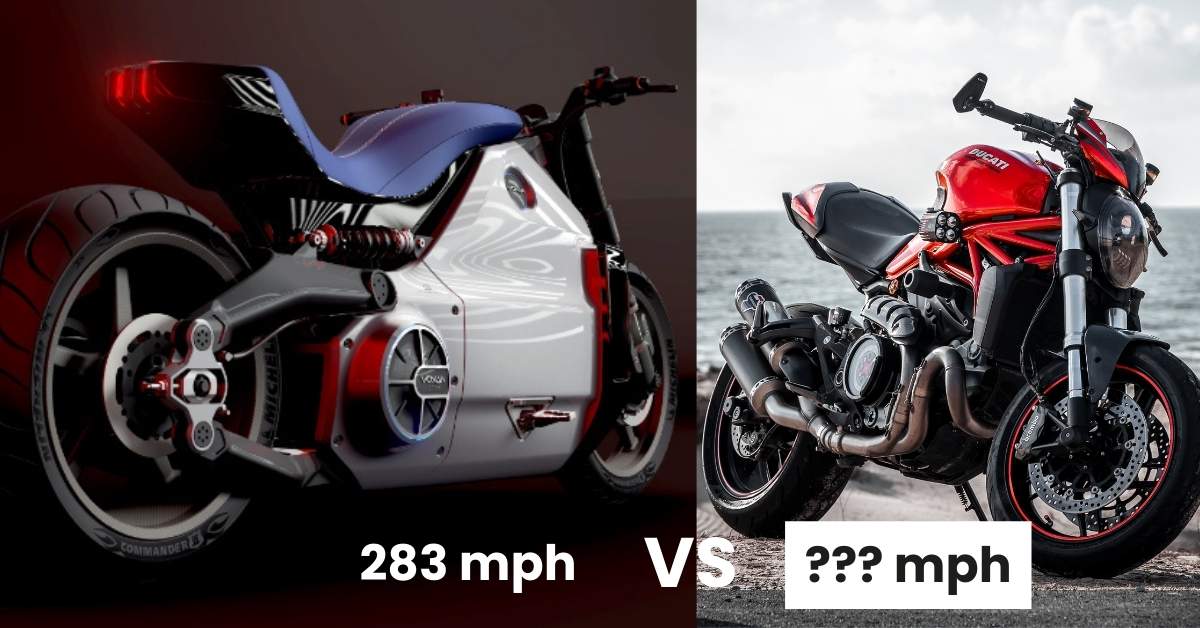

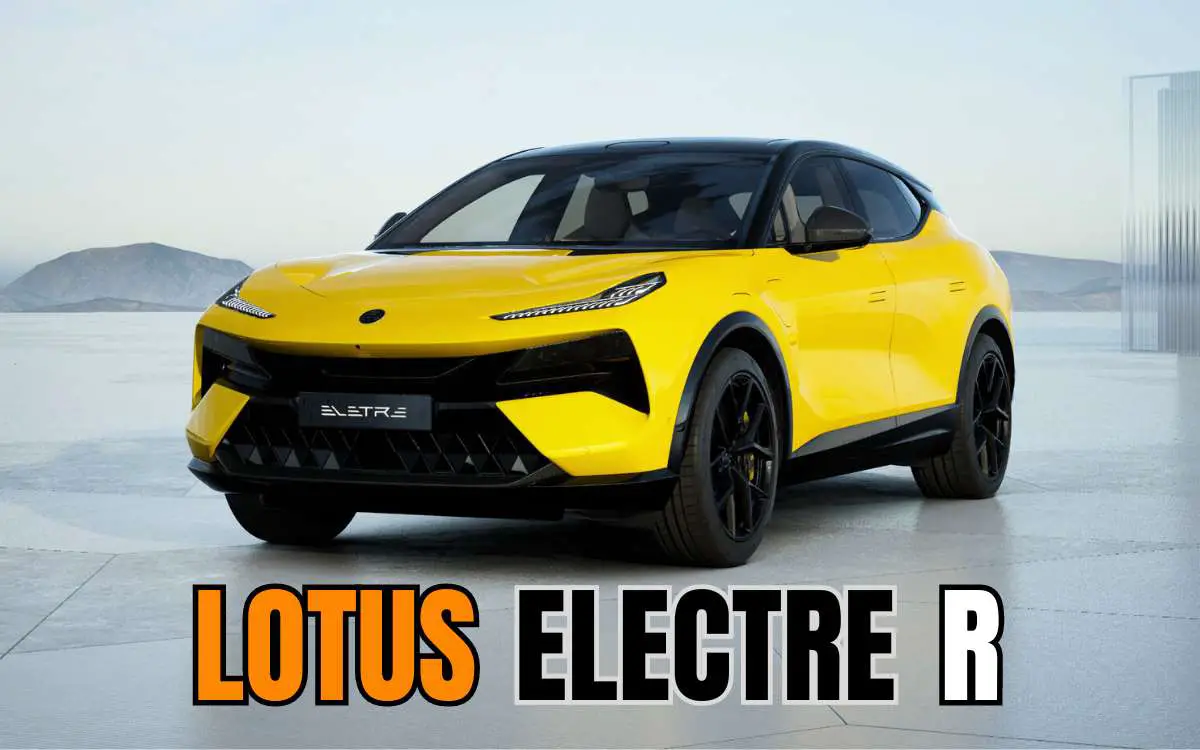
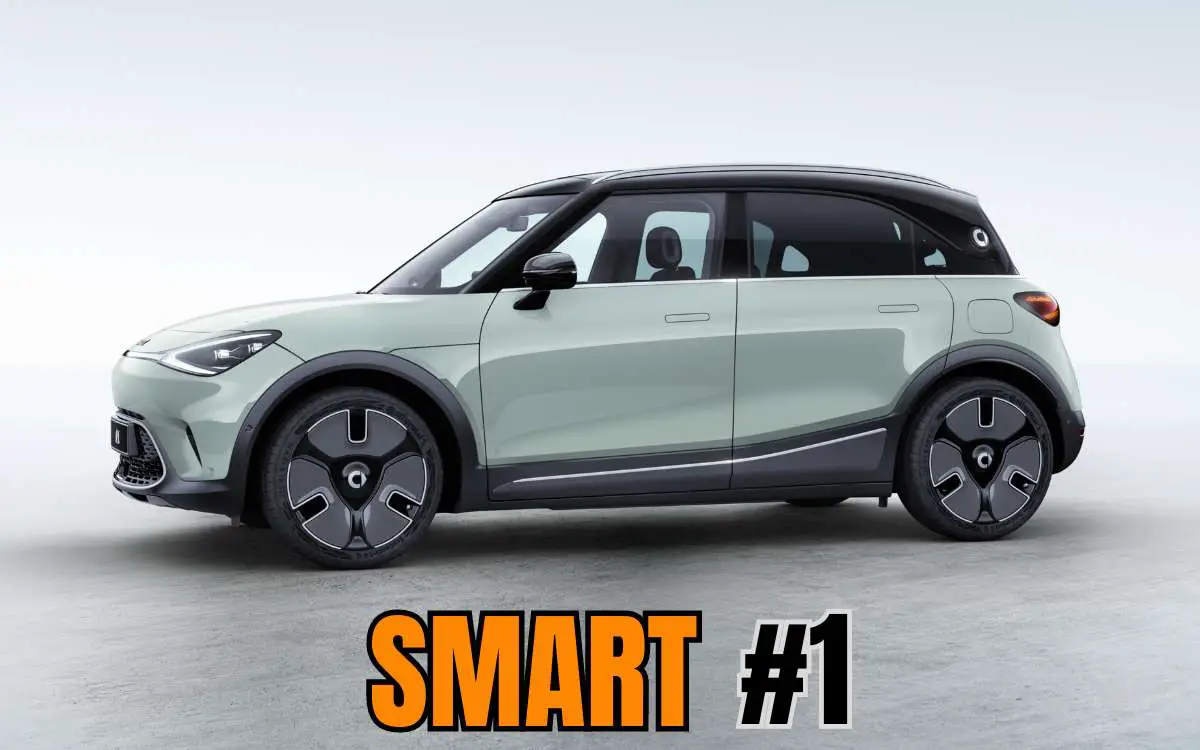
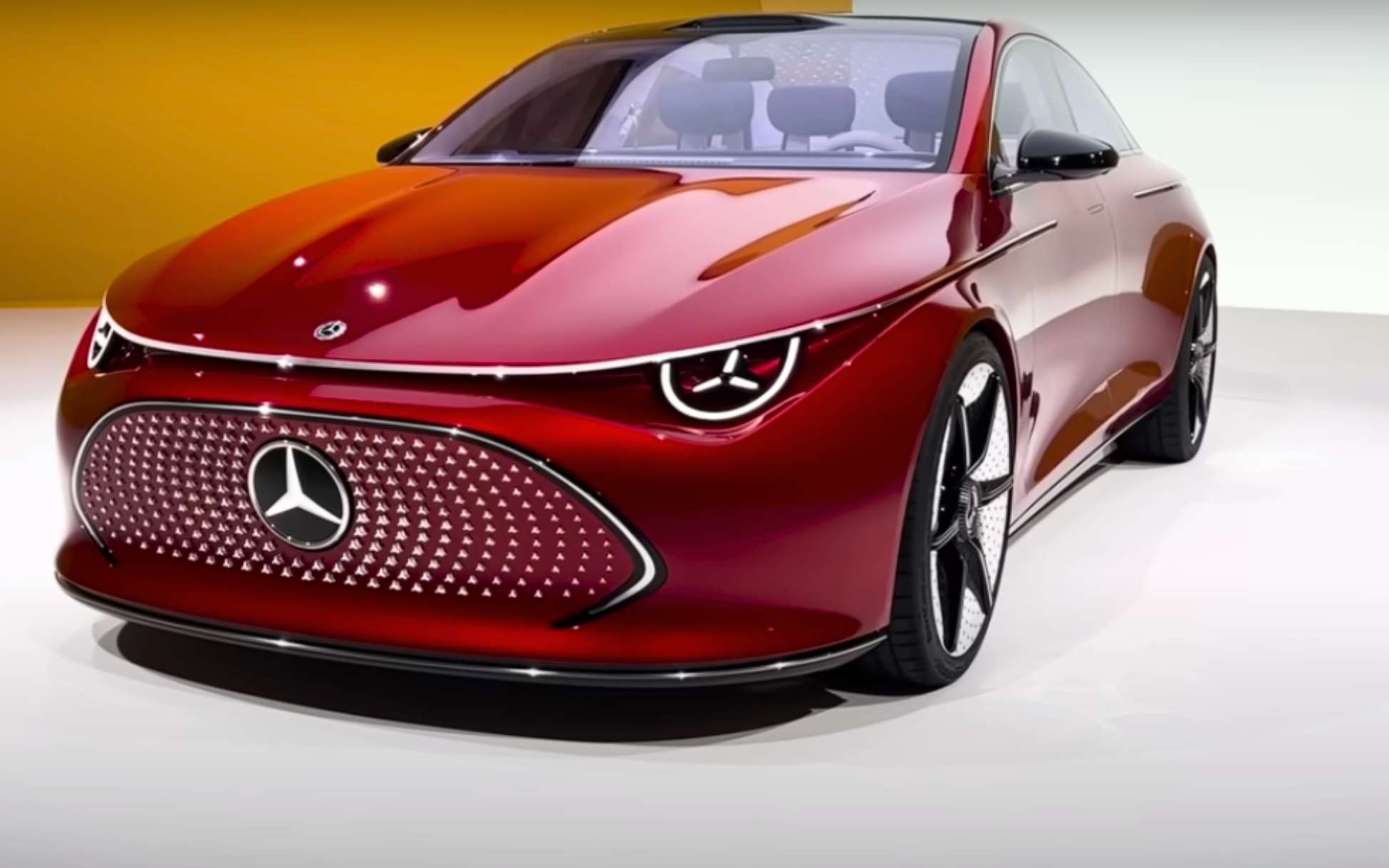
Leave a Reply